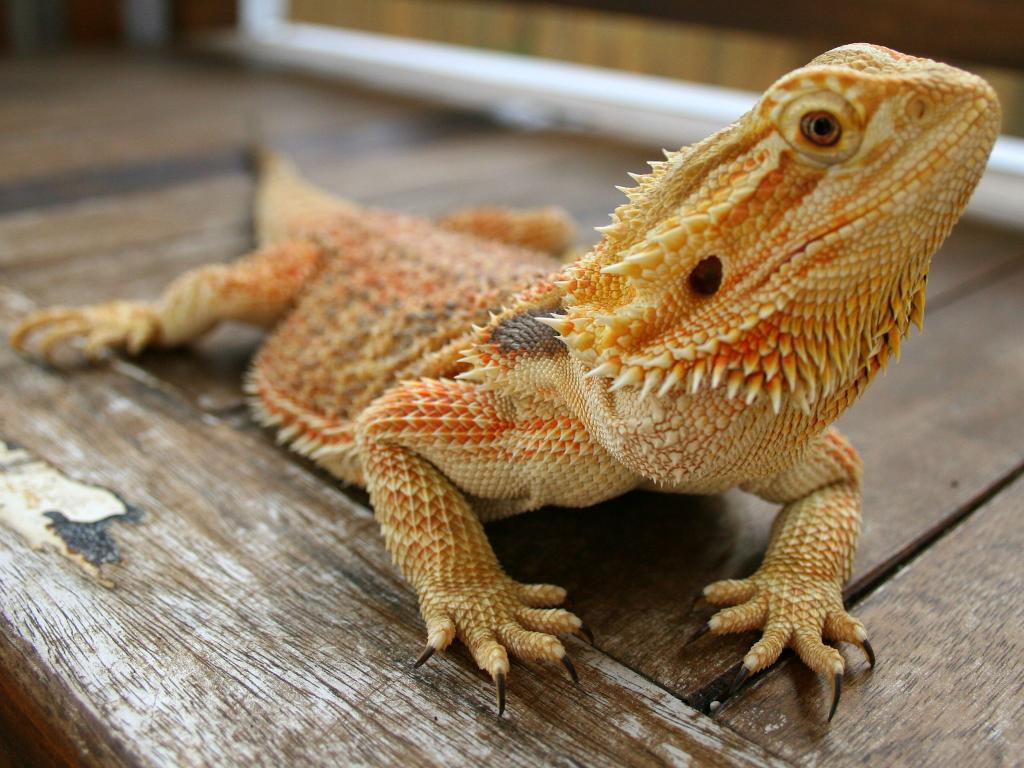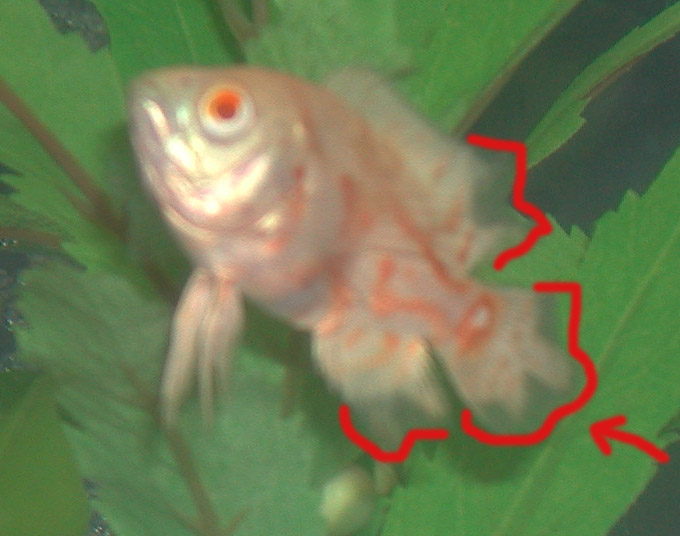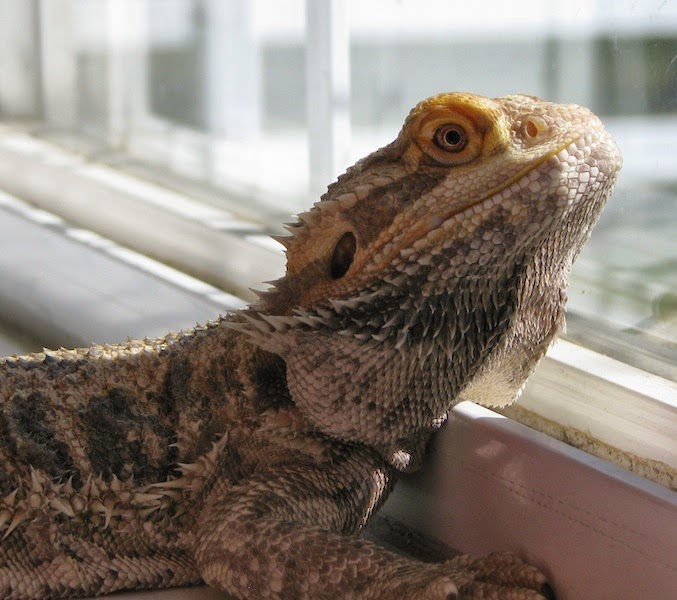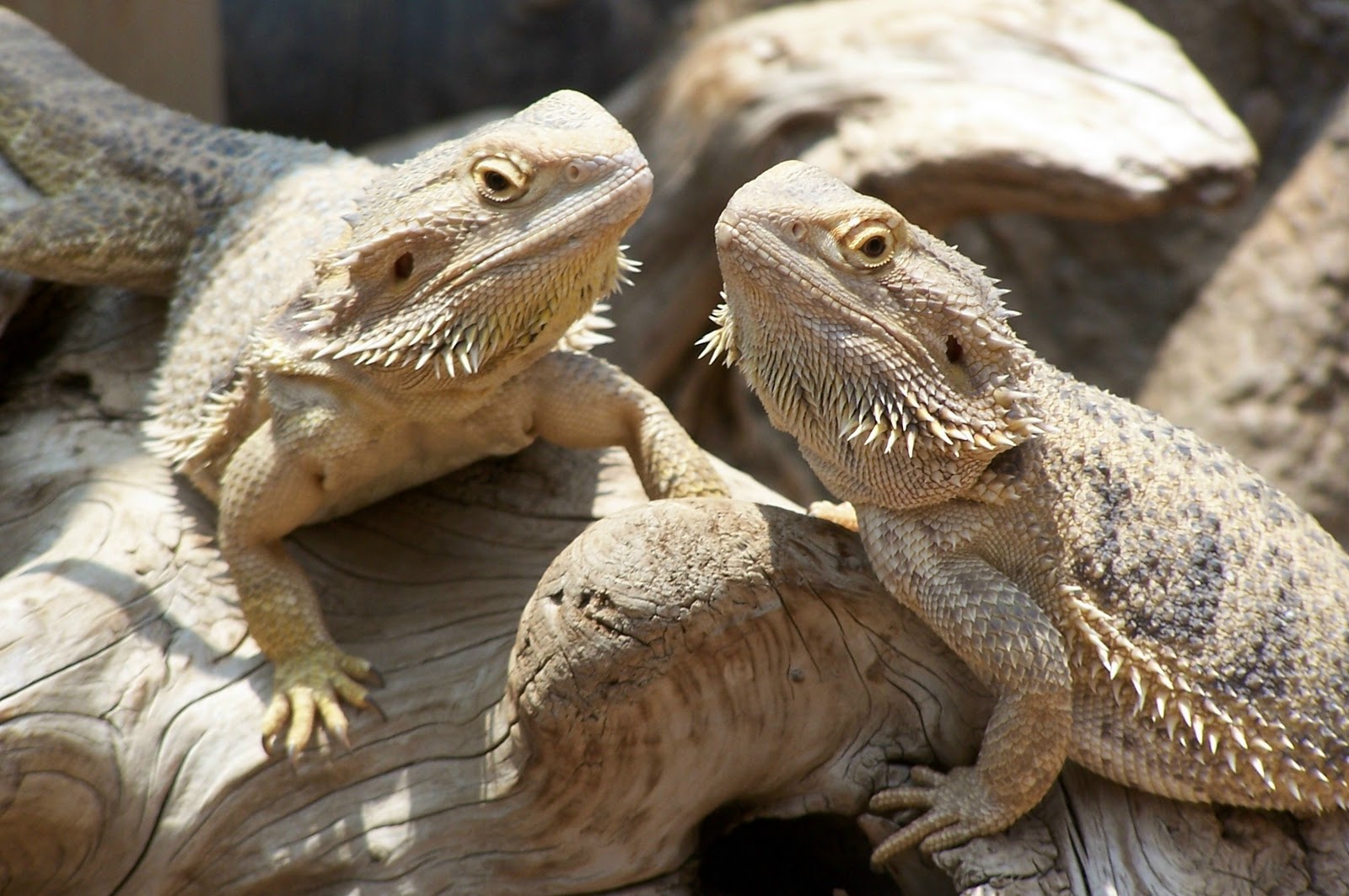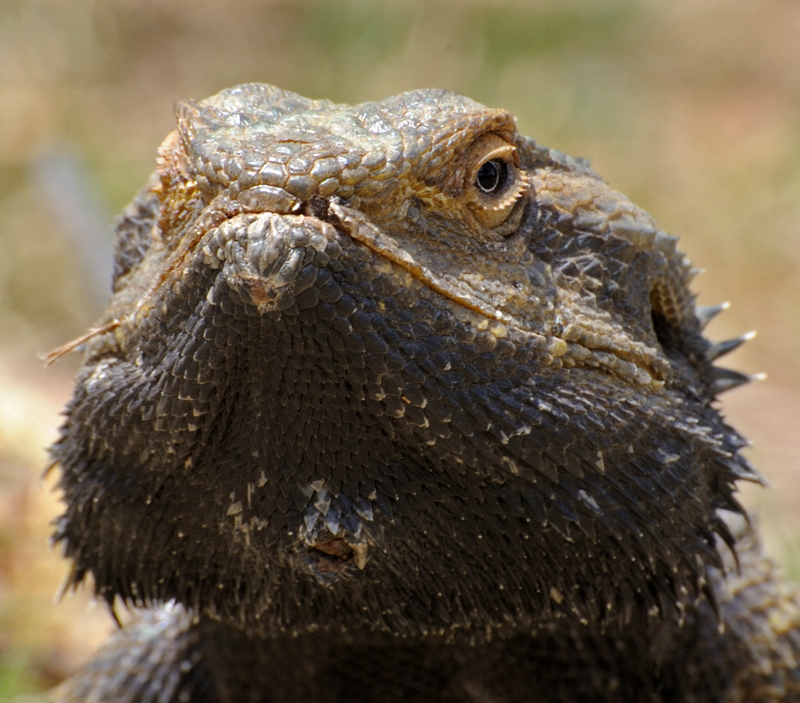10 Tell-Tale Signs of Tail Rot in Bearded Dragons: A Beginner's Guide
Introduction
Bearded dragons are popular pets due to their friendly temperament, unique appearance, and low maintenance needs. However, like any pet, they are prone to health issues that must be addressed swiftly. One of the most concerning conditions that affect bearded dragons is tail rot. Tail rot can be fatal if not treated promptly, so it’s crucial to catch the signs early on. In this article, we will discuss the ten tell-tale signs of tail rot in bearded dragons.
What is tail rot in bearded dragons?
Tail rot, also known as tail necrosis, is a condition that occurs when the tissue in a bearded dragon’s tail dies due to infection or injury. The dead tissue can spread up the tail, causing further damage and potentially leading to sepsis. It’s essential to catch tail rot early and seek veterinary care to prevent further complications.
The ten tell-tale signs of tail rot in bearded dragons
1. Discoloration
If you notice any discoloration in your bearded dragon’s tail, it may be a sign of tail rot. Look for black, brown, or gray patches on the tail, indicating that tissue has died off due to an infection or injury.
2. Foul odor
If your bearded dragon’s tail smells bad, it may be a sign of tail rot. The foul odor is due to the dead tissue rotting and is a clear indication that your pet needs medical attention.
3. Swelling
Swelling in the tail is an indication that there may be an underlying condition causing tail rot. If there’s a lump or swelling on your bearded dragon’s tail, it’s best to get them to a vet to check for tail rot or other potential health concerns.
4. Lack of movement
If your bearded dragon is not moving its tail as it usually does, it may be a sign that the tail is injured or infected. Loss of movement can occur in the early stages of tail rot or in severe cases where the tissue death has progressed significantly.
5. Lesions or wounds
Lesions or wounds on the tail are potential entry points for bacteria which can cause tail rot. Look for any open sores or wounds on the tail and address them immediately to prevent infection and rot from spreading.
6. Shedding issues
Bearded dragons typically shed their skin every few months. However, if your dragon is having issues shedding the tail, it may be a sign of an underlying problem. Tail rot can cause shedding issues due to the dead tissue hindering the shedding process.
7. Decreased appetite
Bearded dragons with tail rot may experience a decrease in appetite due to the stress and pain the condition causes. If your dragon is not eating as usual, it’s essential to get them to a vet, especially if you notice any other signs of tail rot.
8. Inability to defecate
Tail rot can cause a blockage in the rectum, leading to constipation and an inability to defecate. This is a severe sign of tail rot and requires immediate veterinary care to prevent further complications.
9. Lethargy
Bearded dragons with tail rot may become lethargic and have less energy than usual. This is a sign that they are not feeling well and should be taken to the vet for a check-up.
10. Tail looks thinner
If your bearded dragon’s tail looks thinner than usual, it may be a sign that the tissue is dying off due to tail rot. The tail may also appear darker than the rest of the body, indicating that the tissue is dead and rotting.
How to prevent tail rot in bearded dragons
Preventing tail rot in bearded dragons involves ensuring that their environment is clean and not overcrowded. An unclean environment can lead to the growth of bacteria that can cause infections leading to tail rot. You should also avoid handling your bearded dragon’s tail too much, as this can cause injury that can lead to tail rot. Monitor your bearded dragon’s health regularly and look out for any signs of illness.
Conclusion
Tail rot is a severe health condition that can affect bearded dragons of all ages. As a responsible pet owner, it is your duty to ensure that your bearded dragon is healthy and happy. Regularly check their tail for any signs of tail rot and seek veterinary care immediately if you notice any of the ten tell-tale signs discussed in this article. Remember, early treatment can mean the difference between life and death for your beloved pet.

